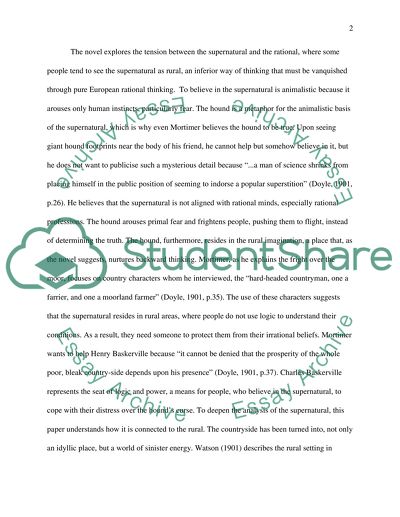Cite this document
(“Intelligence through the Meeting of the Rational and the Supernatural Essay”, n.d.)
Retrieved from https://studentshare.org/literature/1471763-intelligence-through-the-meeting-of-the-rational-and-the-supernatural-in-doyles-1901-the-hound-of-the-baskervilles
Retrieved from https://studentshare.org/literature/1471763-intelligence-through-the-meeting-of-the-rational-and-the-supernatural-in-doyles-1901-the-hound-of-the-baskervilles
(Intelligence through the Meeting of the Rational and the Supernatural Essay)
https://studentshare.org/literature/1471763-intelligence-through-the-meeting-of-the-rational-and-the-supernatural-in-doyles-1901-the-hound-of-the-baskervilles.
https://studentshare.org/literature/1471763-intelligence-through-the-meeting-of-the-rational-and-the-supernatural-in-doyles-1901-the-hound-of-the-baskervilles.
“Intelligence through the Meeting of the Rational and the Supernatural Essay”, n.d. https://studentshare.org/literature/1471763-intelligence-through-the-meeting-of-the-rational-and-the-supernatural-in-doyles-1901-the-hound-of-the-baskervilles.


